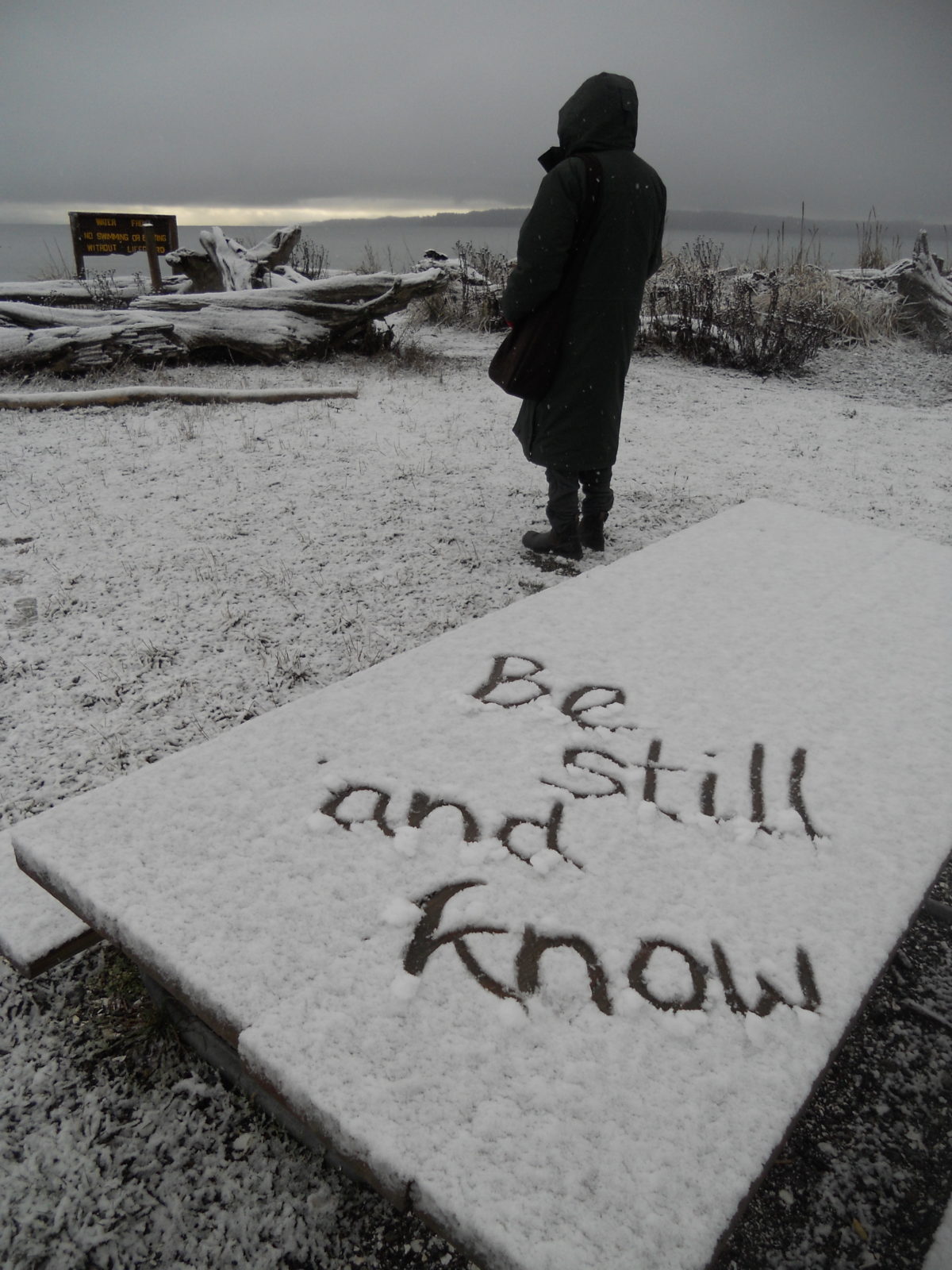By Hilary Bichovsky

Phenomena manifest when the necessary conditions are present. We humans are phenomena. With the removal of a single condition––oxygen, for instance––we cease to manifest as living, breathing beings. In his interview with Oprah in May 2012, Thay reflected on the life and death of Martin Luther King, Jr., with the words: “The American people had produced King but were not capable of preserving him.” Sufficient conditions for his survival,
By Hilary Bichovsky

Phenomena manifest when the necessary conditions are present. We humans are phenomena. With the removal of a single condition––oxygen, for instance––we cease to manifest as living, breathing beings. In his interview with Oprah in May 2012, Thay reflected on the life and death of Martin Luther King, Jr., with the words: “The American people had produced King but were not capable of preserving him.” Sufficient conditions for his survival, which would have included the absence of an assassin, were not present.
Every single phenomenon––a birth, an assassination––is a flower of a thousand thousand conditions. These infinite fields of specific conditions, unique for each event, are too complex for our minds to hold. The Buddhist teaching on conditions has liberated me and I would like to share what I have learned. Thay’s teachings on conditions, and the steady presence of the Sangha I meditate with in Manchester, have helped me deepen these insights.
As a young woman I was sexually used, which is not so unusual. I was consumed unmindfully, with no more particularly malign intention from those who were consuming than it is malign to eat too quickly, with bad manners, lost in appetite.
Because this happened within my own family as well as outside it, the consequences for me lasted for years. In turn, I hid events, revealed them, attributed blame, took on the stance of a victim hoping for sympathy, withdrew in anger when that did not come, and in later years finally denied to myself that anything had happened.
But in fact the drive to attribute blame never really stopped in me. It churned on like background music, or like a train on a circular route always returning to the same stops. It was his fault. It was my fault. It was their fault. It came to me with my genes, with the Second World War, with the haphazard and bohemian sexual mores of the 60s. When people were not interested in my story or directly blamed me, I blamed them back. They were bad people interested only in defending their own status quo, they were selfish, and so on. At the lowest points, worn out with my failure to get a reaction, I blamed myself exclusively not only for everything that had happened but also for wanting some response. “If I hadn’t said, if I hadn’t done, if I hadn’t gone there, if I hadn’t wanted that.”
I am somewhat ashamed to admit that three decades of circling around on these blame tracks brought me little psychological relief. In fact I now wonder if much of my genuinely felt anguish over the years arose simply from a too crude and not-fitting-to-reality understanding of causality, a Newtonian one where X causes Y, no questions asked. This Newtonian view of causality infuses my society. Disaster? Who is to blame? Let’s have an enquiry so we can pin them down. There seems to be a belief that blame is of some intrinsic usefulness.
Events do have causes, of course. If I kick that ball, it will travel. But many other causes precede my kick, and limitless consequences follow it. A flower, a birth, an assassination, a mindless act of sex: these are not end points but nodes in an infinite web of interconnected happenings. There is no end of the line. When Martin Luther King, Jr., was killed in 1968, although it affected Thay so deeply that, in his own words, he did not eat or sleep for a while, he was determined to “go on building the beloved community.” Through this deep skillfulness he transformed his pain into a positive continuance, showing how even the deepest losses still leave us with a choice of how to go forward.
I remain free to wonder about my early life, but I have let go of striving to identify who the “really bad” people were in this story. This new openness ends a lifetime’s pointless efforts to sum it up once and for all. Deep peace comes from understanding that not knowing is not a weakness on my part, or a failure to shoulder the whole responsibility myself, but is in fact a true reflection of reality. The answer to my question, “Whose fault was that?” is: “No one’s and everyone’s.”
If you have any niggling concern about the way things have turned out for you, dwell deeply with this precious teaching of conditions, and let it dissolve any tightly structured stories of heroes and villains you may have constructed. Deep understanding of the nature of conditions brings a fall into the free space of no blame, an opportunity to really experience yourself as a flower manifesting in every breath, always new. The truth has a sonorous ring, like a bell, and is composed of endless ripples, like the waves of sound from a bell. Like these waves of sound, the expanding circles of influence which radiate out from every act themselves become conditions of the future.

Hilary Bichovsky practices with the Heart of Manchester Sangha in the United Kingdom.

